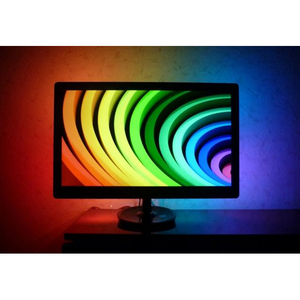Optoelectronics Components Market: Who dominates it?
According to the latest Optoelectronic Components report from IHS Inc, there has started to be an increase in the number of small high growth opportunities that could prove a lucrative option for a number of suppliers; however it is still LEDswho continue to dominate the optoelectronic components market.
At the moment, LEDs currently accounts for 79% of the total optoelectronic component market, in regards to revenue, with lighting and backlighting applications making up the majority of this figure. With growth opportunities existing in the market for other components, it means that total component revenue will change, with LEDs expecting to fall to 75% by 2018.
In the optical isolation market, revenue in the high performance optocoupler market is set to increase to $677 million by 2018from $543 million in 2013, with particularly high growth expected in the gate driver market. There has also been new emerging applications areas such as hybrid & electric vehicles (HEV), smart meters and PV inverters driving this market growth. Despite the applications currently making up a relatively small proportion of the total high performance optocoupler market, they have attracted a number of existing suppliers of optocouplers to participate in the market. This is due to their ability to compound annual growth rates of around 10% to 20% from 2013 to 2018.
However, there are more significant opportunities appearing in the consumer electronics space with OEM manufacturers rapidly adopting ambient light in smart phones, televisionsand tablets. Ambient light sensors are forecast to grow to $379 million in 2018 from where it stands today at $252 million. With space so limited in smart phones, there has been an ongoing trend towards more integrated solutions in these products.
In 2013, mobile telecommunications accounted for over 99% of the total integrated ambient light and proximity sensor market. From 2014 onward there will also be a new emerging application in gesture control for tablets, with revenues rising from near zero in 2013 to $244 million in 2018.
If optoelectronic component manufacturers can gain an early share in these high growth areas, there is potential for significant gains over the coming years.

